Samurai History
Fujiwara Clan: The Political Influencers of the Heian Period
The Fujiwara Clan
The Heian Shi or Heian Period in the history of Japan goes from the years 794 to 1185 CE. It flourished and saw great improvement from literature, arts, and more.
When it comes to the administration and government, the Heian Shi was under the rule of the Fujiwara clan. They dominated the country yet were soon challenged by other powerful clans.
The Fujiwara Family – Rulers of the Heian Times
The Fujiwara clan is a powerful family that ruled the Japanese government. The family was prominent in the Heian Period with Fujiwara no Kamatari as their founder.
During this period, all-male members of the clan had the top official positions in the government. A lot of members acted as the emperor’s regents. They also ensured that all daughters of the clan married someone from the imperial line.
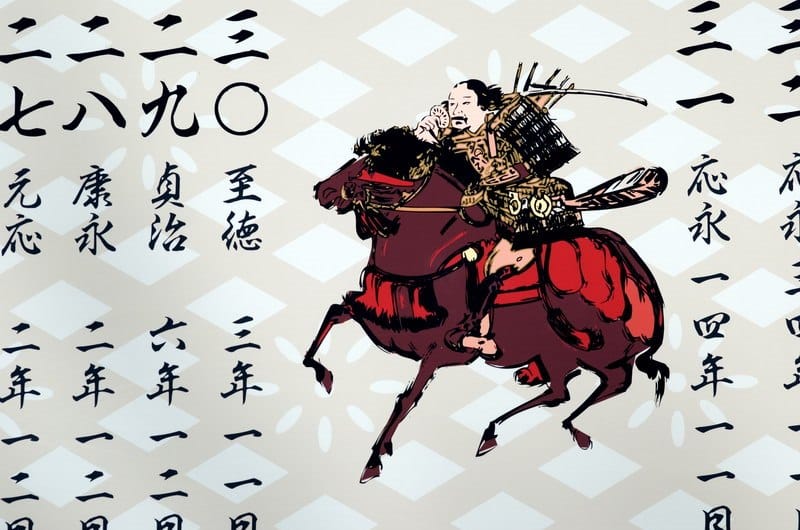
Rise of the Clan
One of the general economic expansions in Japan was during the Heian Period. Yet its central government didn’t benefit from this. This is because aristocrats evaded taxes while Buddhist institutions didn’t pay these.
Generally, the aristocrats had manpower and capital to cultivate new lands. This gradually led them to have control over these growing tracts of land. While they grew richer, the central government starved and became poorer. This led the remaining officers to have less or even no work to do.
Not only that, but the free peasantry and small landowners were burdened with land taxes. So to escape this issue, a lot of peasants set their lands and themselves under the safety of a monastery or lord. They worked hard for their patrons to have fees that were less than the taxes.
Ronin – The Vagabonds during the Time of Loyalty and Honor
The Craftsmen Responsible for the Japanese Sword
Oda Nobunaga: The First Unifier of Japan
The Imjin War of 1592 and 1597 (The Japanese Invasions of Korea)
Prominent Members of the Clan
The Fujiwara clan was a big family yet only a few members became prominent during the Heian period. Here are some of the most known members of the clan: Fujiwara no Kamatari, Fujiwara no Yoshifusa, and Fujiwara no Michinaga.
Fujiwara no Kamatari
The official court Nakatomi of the 7th century CE, later became Fujiwara no Kamatari. He became a good ally of Prince Naka no Oe which led them to stage a coup in the year 645 CE.
The coup allowed them to dethrone the Soga clan who had been ruling the government positions. This clan also threatened to take over the emperor’s power. To end this, they introduced a couple of political reforms referred to as the Taika no Kaishin. The basis of these came from the Chinese model of a powerful central government.
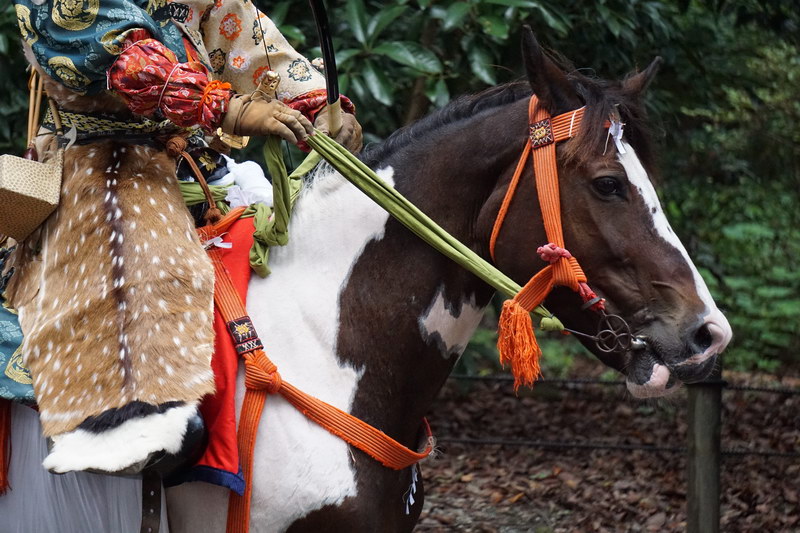
With these, they reorganized the court’s ranking system and nationalized land. They also forbade the ownership & possession of weapons, and attempted to remove corruption. When the Prince became emperor, he provided Nakatomi and his kin the surname Fujiwara. He also turned him into one of his special ministers.
Fujiwara no Yoshifusa
Another prominent figure of the Fujiwara clan was Fujirawa no Yoshifusa. He was the Uji no Choja or clan leader from the year 858 CE.
In 858 CE, Yoshifusa put his 7-year-old grandson on the throne then soon became his regent. It was the very first instance of a regent not being of royal blood; thus, established a trend that commenced until the 11th century CE. With that, the Fujiwara had direct and full control over all the emperors. `
Fujiwara no Michinaga
Of all the leaders of the Fujiwara clan, the most successful one was Fujiwara Michinaga. He ruled and led the country from the years 995 to 1028. Despite not having any official position, Michinaga was ambitious and smart. This earned him the respect of everyone around him. He also became one of the well-known figures in Japan’s history.
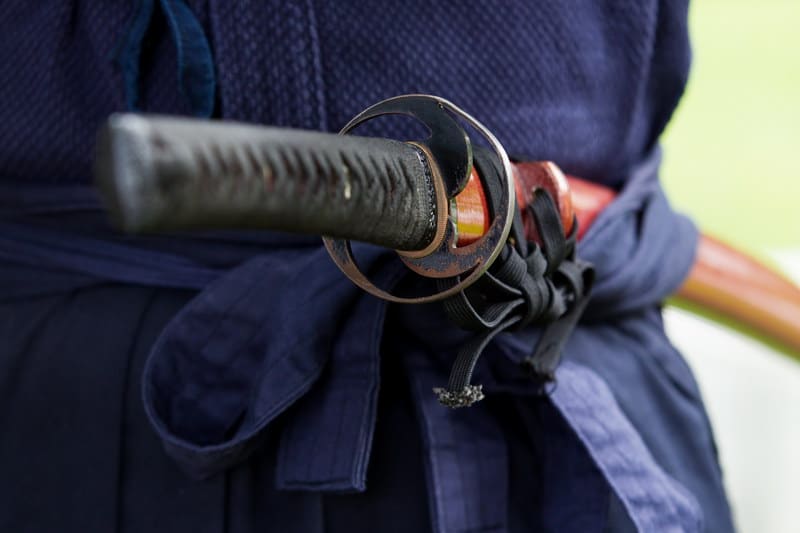
In his time of power, his clan grew richer which allowed them to build mansions, palaces, and temples. After death, his son built a temple called Phoenix Hall which resembled a bird in flight. Today, part of the temple is still standing, reminding everyone of the country’s golden age.
The Fujiwara may have used their power to improve their lives, yet they also ensured peace in Japan. This peace lasted for almost three centuries; thus, helped the country’s culture develop and improve during the Heian Period.
By the 10th century, the only duties left for the emperor and government were ceremonial. Instead of overthrowing the imperial family, the Fujiwara clan married into it instead.
The time between the 9th & 12th centuries was the century of the Fujiwara. It’s named after the clan since they ruled the government via its monopoly. They provided consorts and empresses to emperors who were the family’s puppets.
The family was very wealthy since they owned many tax-free estates. But around the 12th century, the clan became greedy which caused their power to fade.
Demise of the Fujiwara Clan
On the 12th century CE, the power of the Fujiwara clan dropped due to the abdication of the next ruling emperors. They favored their own chosen heir while holding on to power in their retirement. As time passed, the Fujiwara clan were completely replaced by their rivals. These were the powerful families of the Taira and the Minamoto.
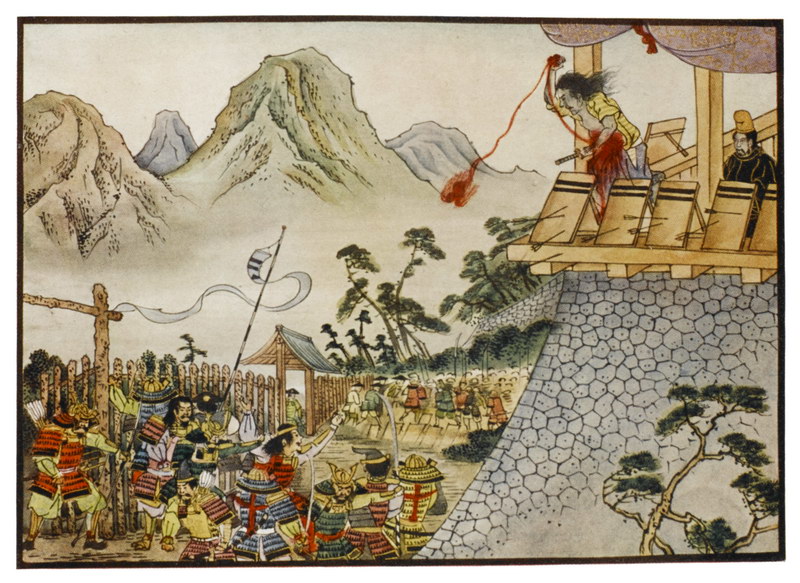
The dominance of the clan was not total, and they didn’t always go undisputed. An attempt by the emperors to re-declare power was done by Emperor Uda. He tried to break the clan’s monopoly through the promotion of Sugawara Michizane.
Sugawara was an outsider and of low rank. He acquired the position of a Minister of Rights, as well as a member of the Council State. In the year 901 CE, the Fujiwara clan retaliated by making up an accusation of treason against the Minister. Their plans were effectively, leading Sugawara into exile.
The New Power – The Taira and the Minamoto
In the provinces, new clans emerged and aimed to challenge the Fujiwara clan’s rule. These powerful clans were the Taira or Heike clans, and the Minamoto or Genji clans.
With their own private Samurai armies, the Taira and Minamoto became very important. They acted as tools for the rivaling members of the clan as their internal power struggle grew. This issue broke out in the year 1156 CE and they called this the Hogen Disturbance.
Yet in 1556 CE, the retired Emperor Toba’s death led to the bid for power between the rivals in the Fujiwara clan. Each of them having their own claimants to become the next Emperor.
Fujiwara Tadamachi supported Go Shirakawa while his brother chose Sutoku, the retired emperor. The Taira went with Go Shirakawa while the Minamoto with Sutoku. Unfortunately, things became complicated when Minamoto Yoshitomo sided with Go Shirakawa.
After the occurring violence, Go Shirakawa and his followers were victorious. But as time passed, the Taira obliterated all their rivals. They also ruled the government for about two decades.
During the Genpei War, the Minamoto emerged victorious. Here, their leader, Yoritomo, received the title of Shogun which was given by the Emperor. Yoritomo’s rule announced the Kamakura Era or Kamakura Shogunate. This was the time when the Japanese government was under the rule of the military.
The Fujiwara clan may have lost their power, but they continued to be a vital aristocratic clan. Its members continued holding title positions. That is, even if these weren’t linked to the government.
During the later times, the family were able to produce some notable poets and writers. Among them was Fujiwara no Sadaie who arranged the Shin Kokinshu. This was a collection of imperial poetry.

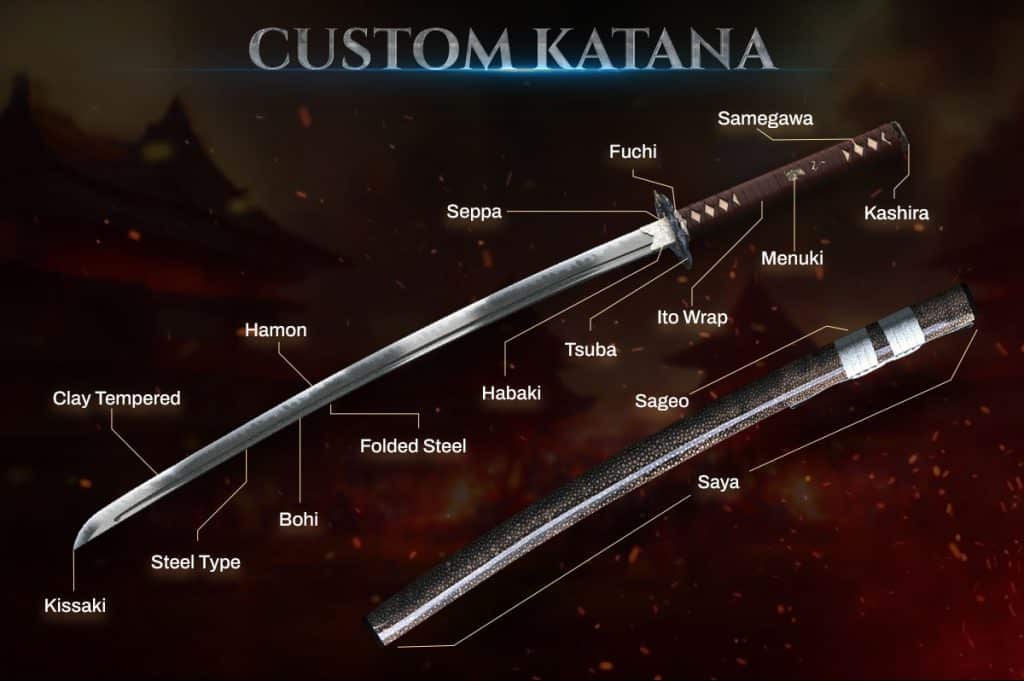
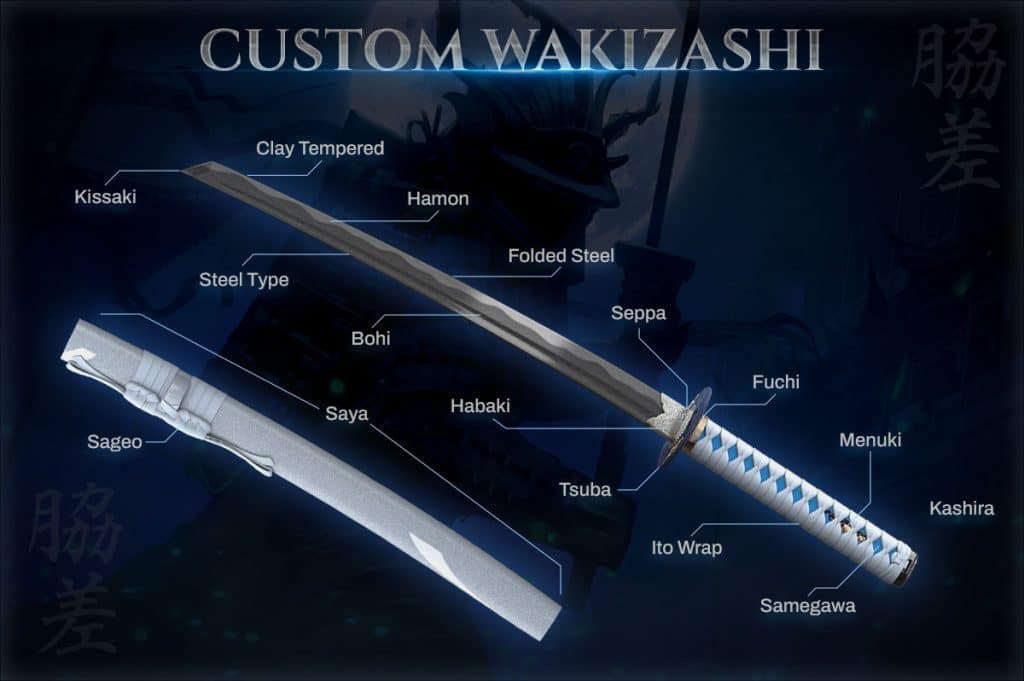
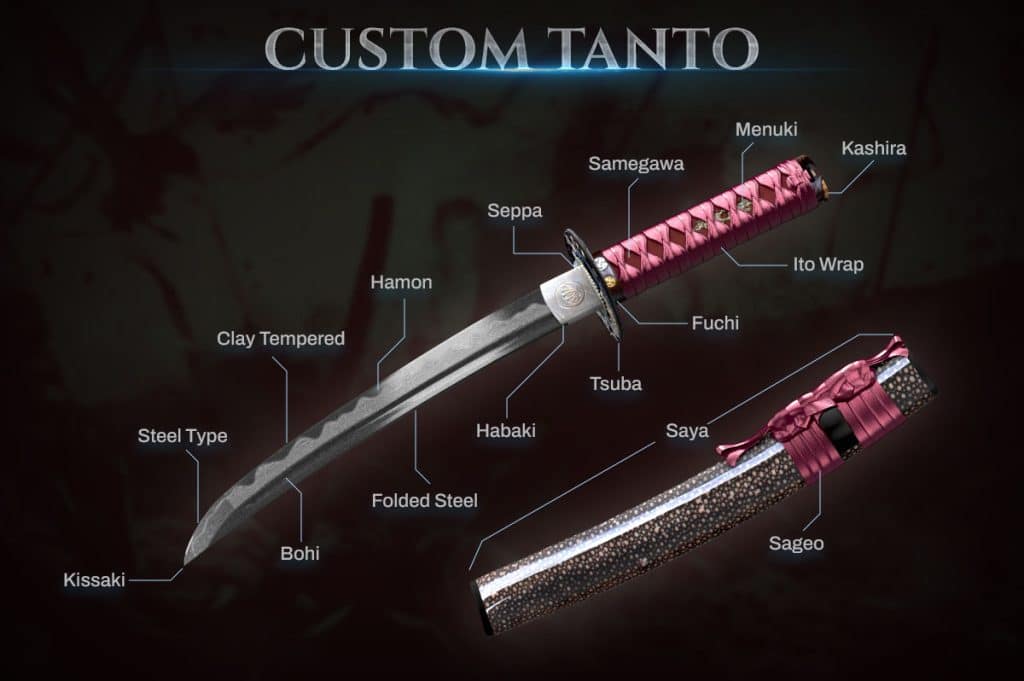
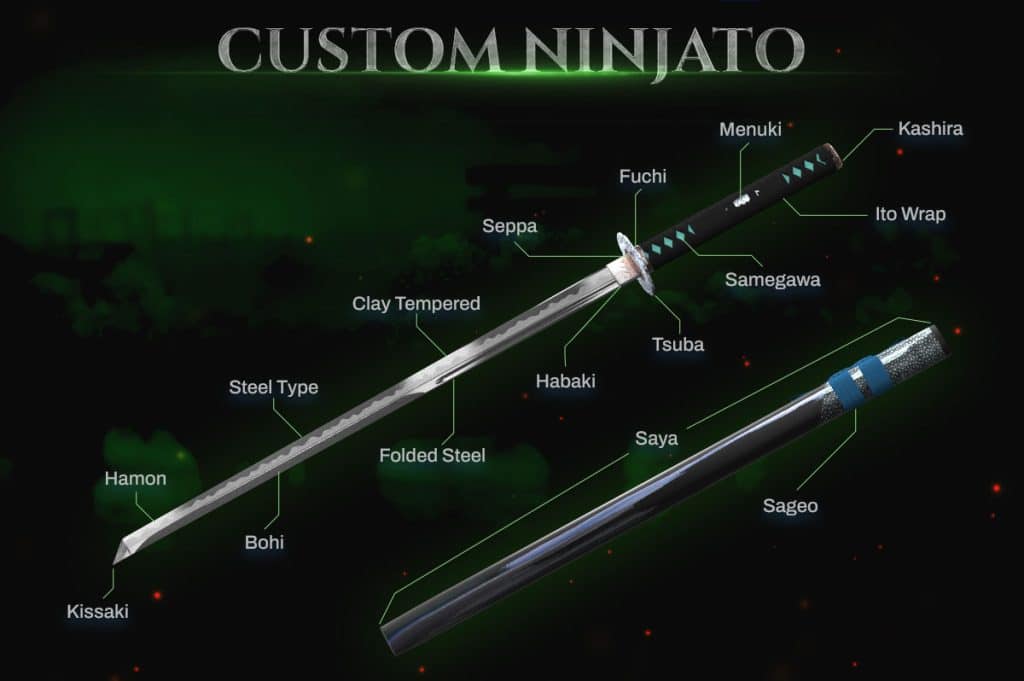
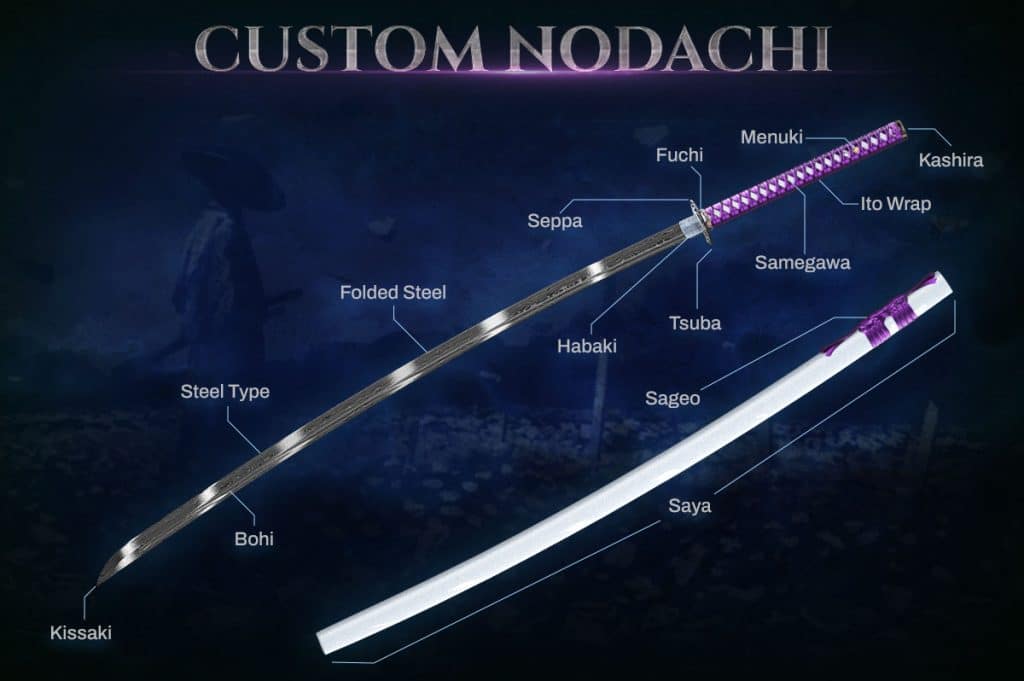
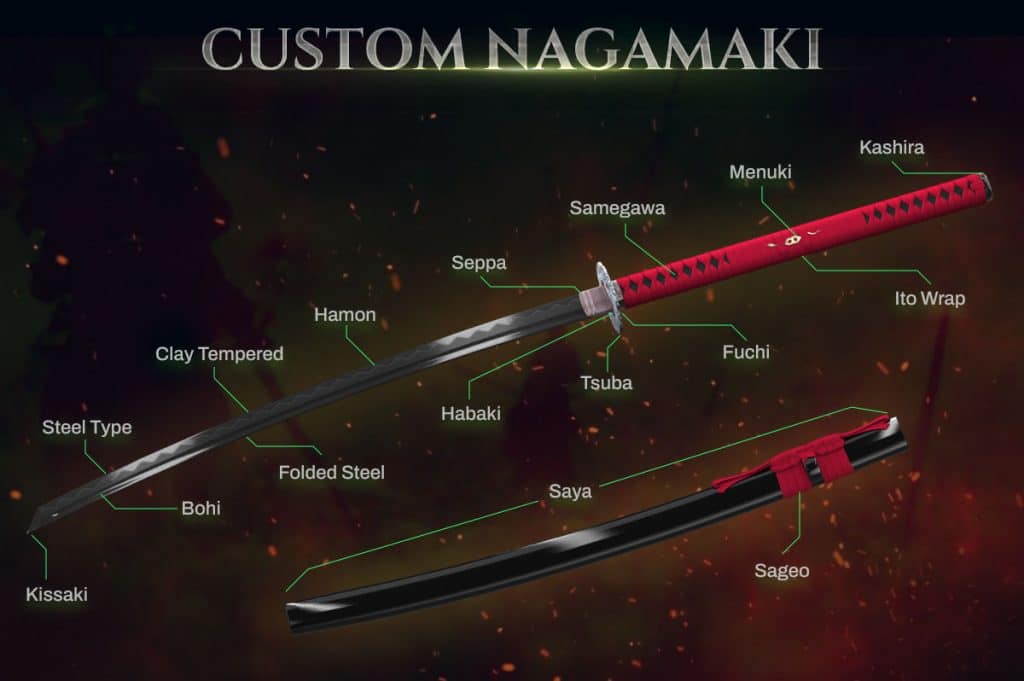
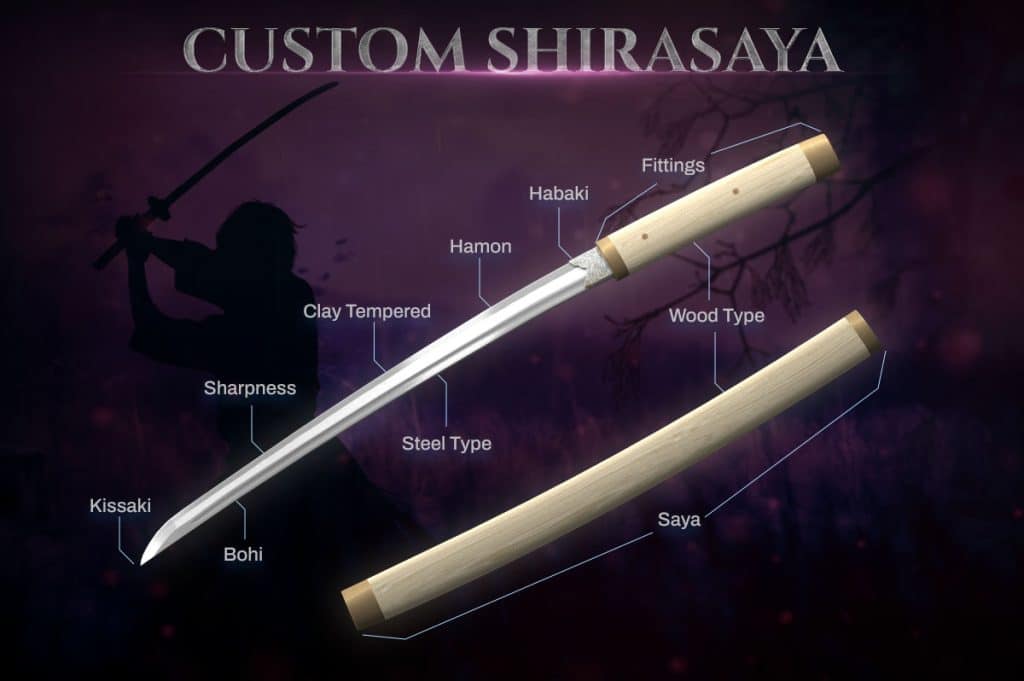
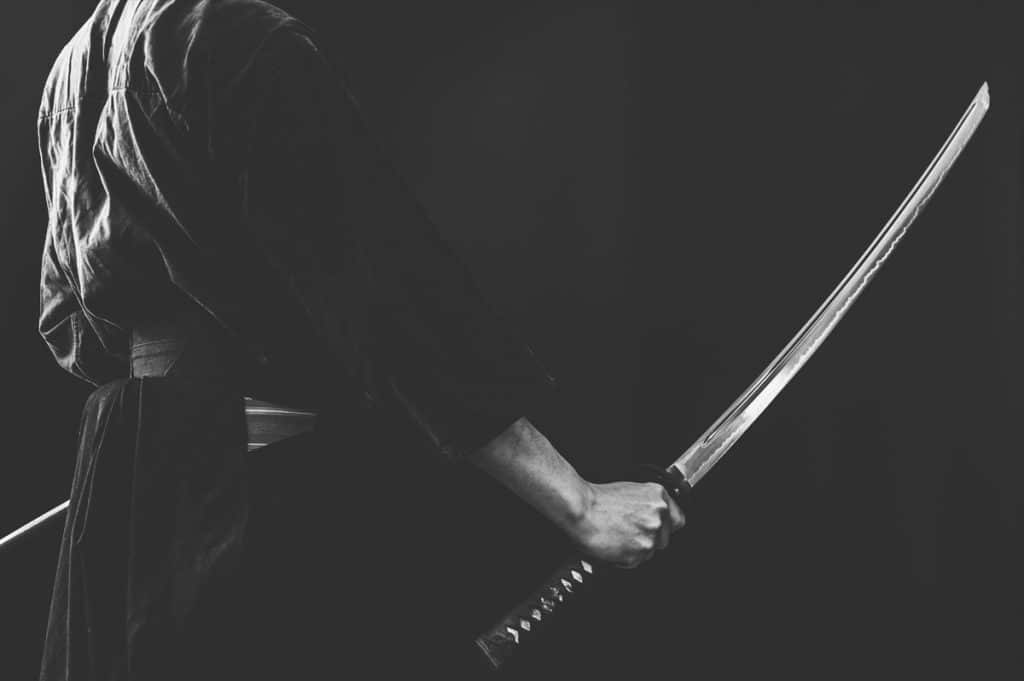
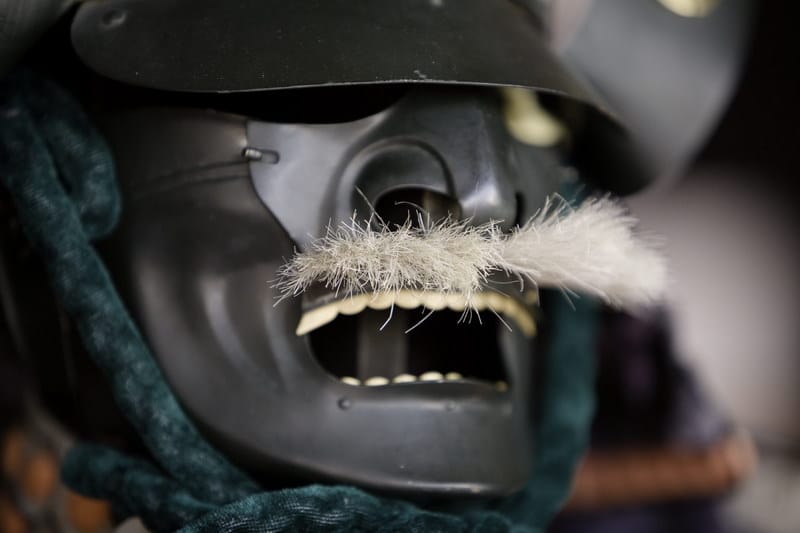
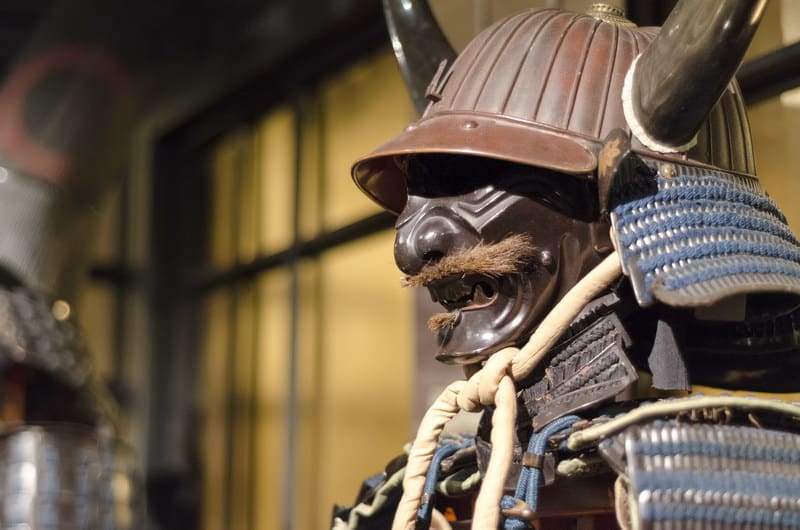
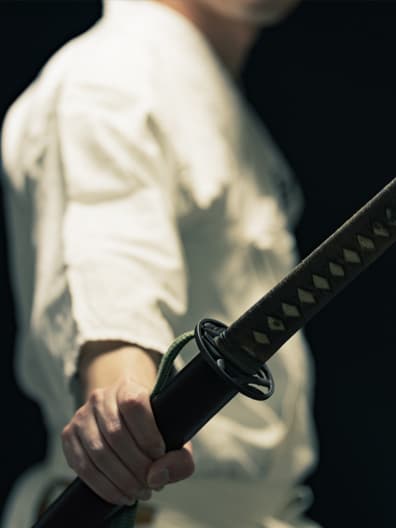
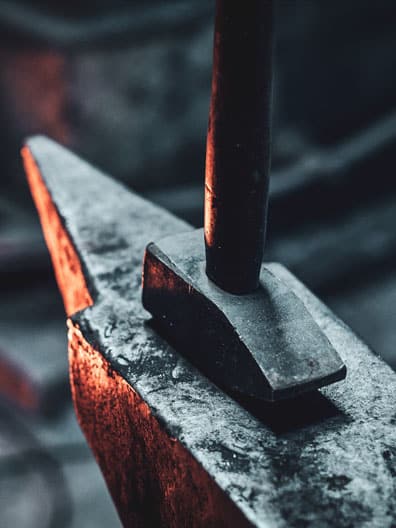
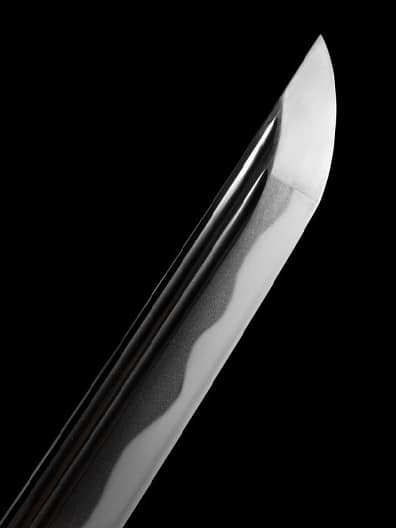
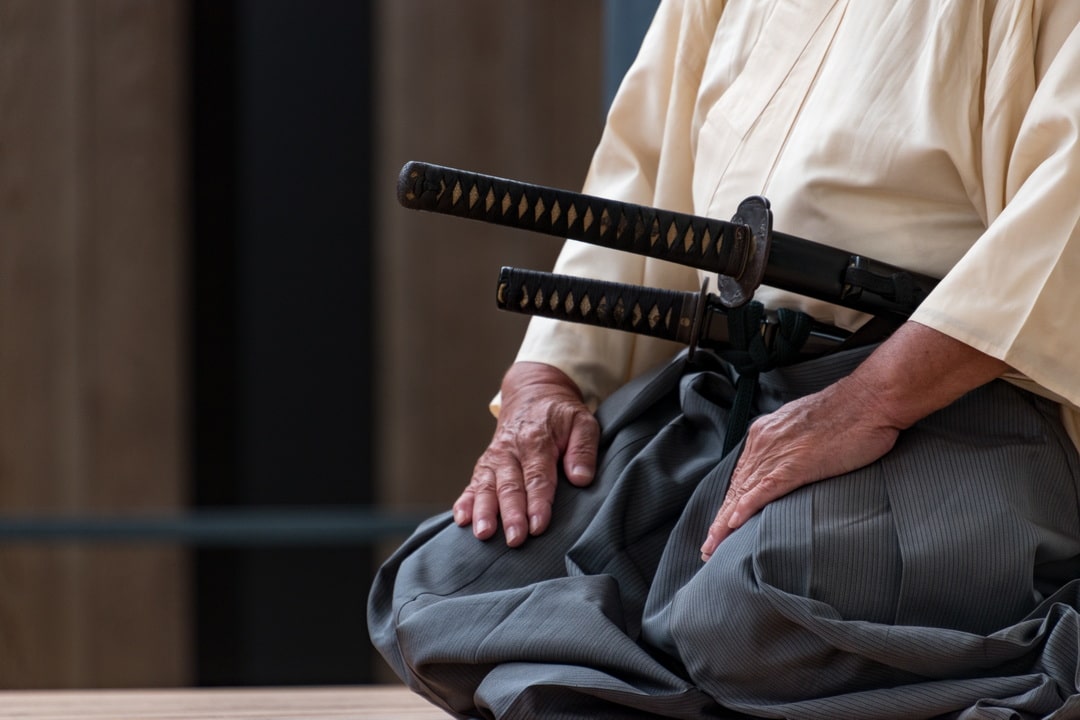

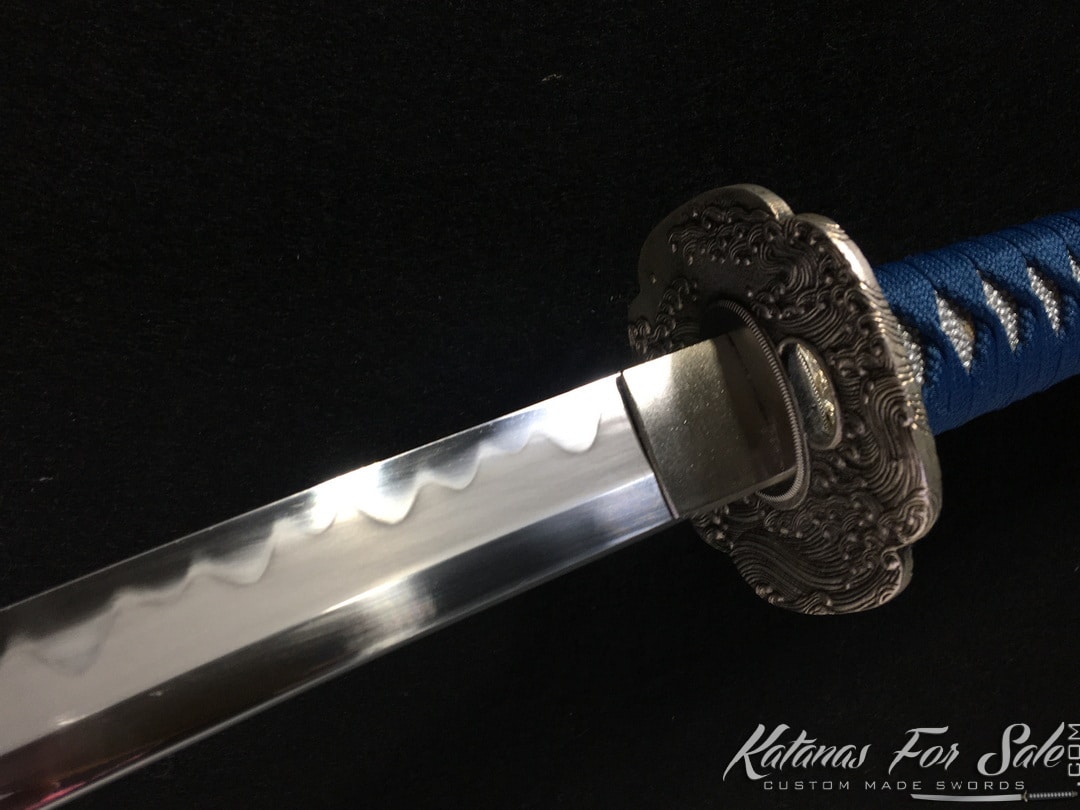
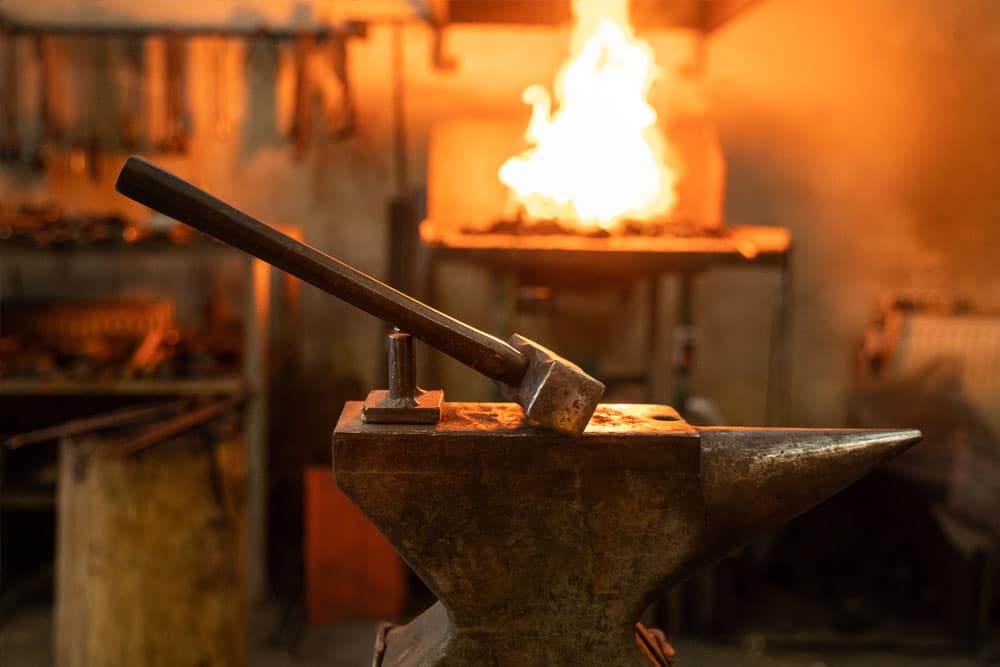

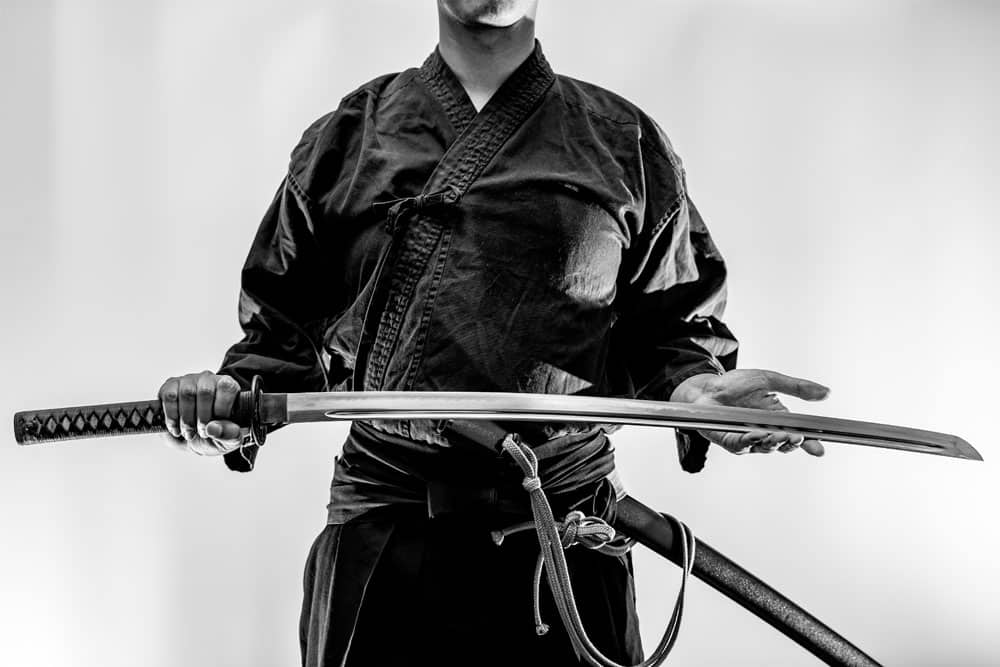

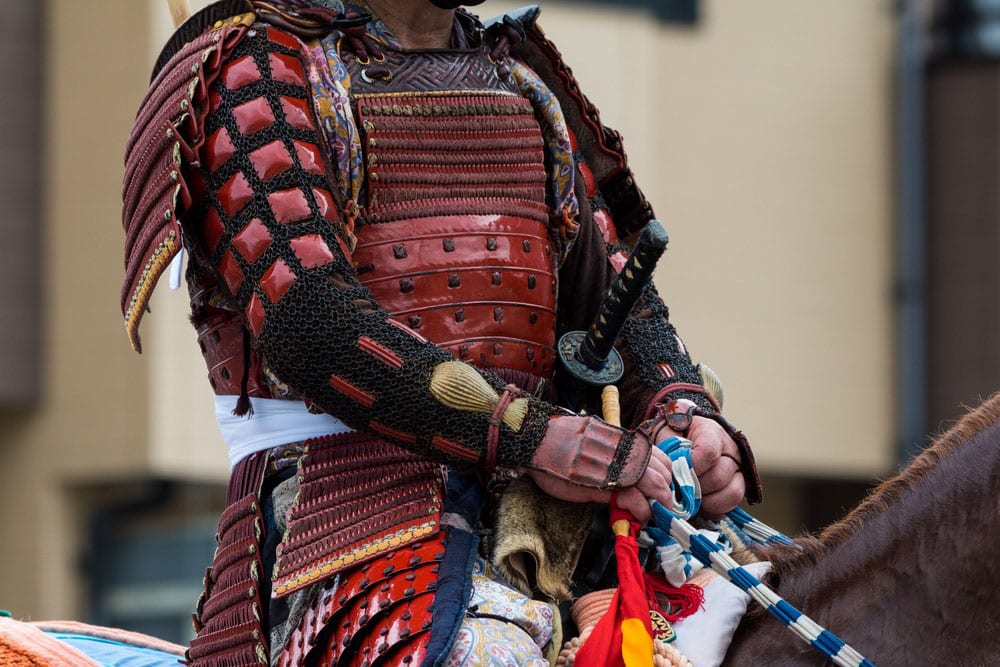
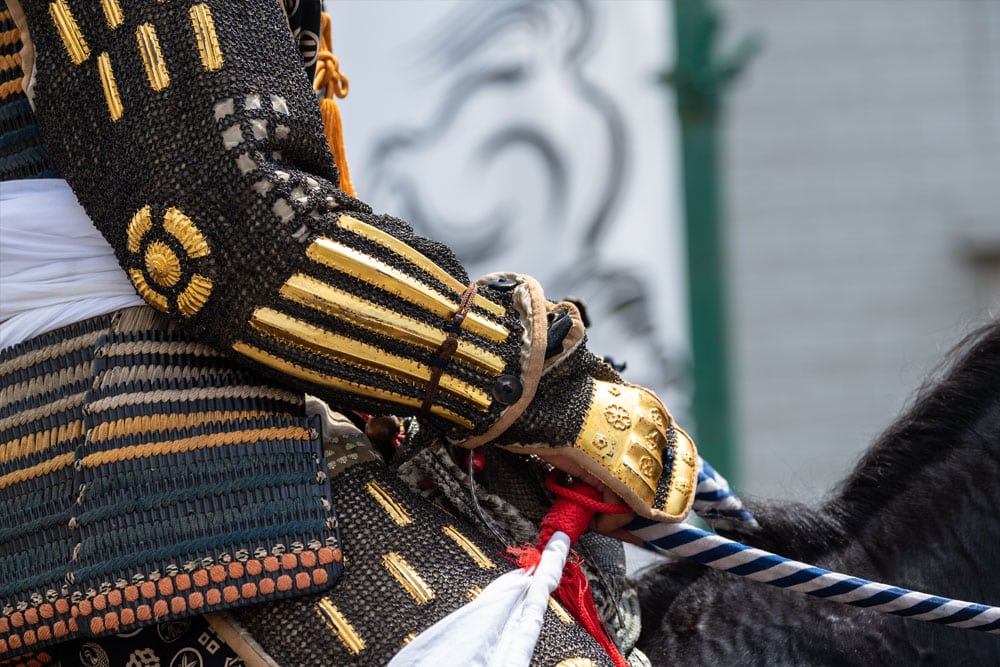
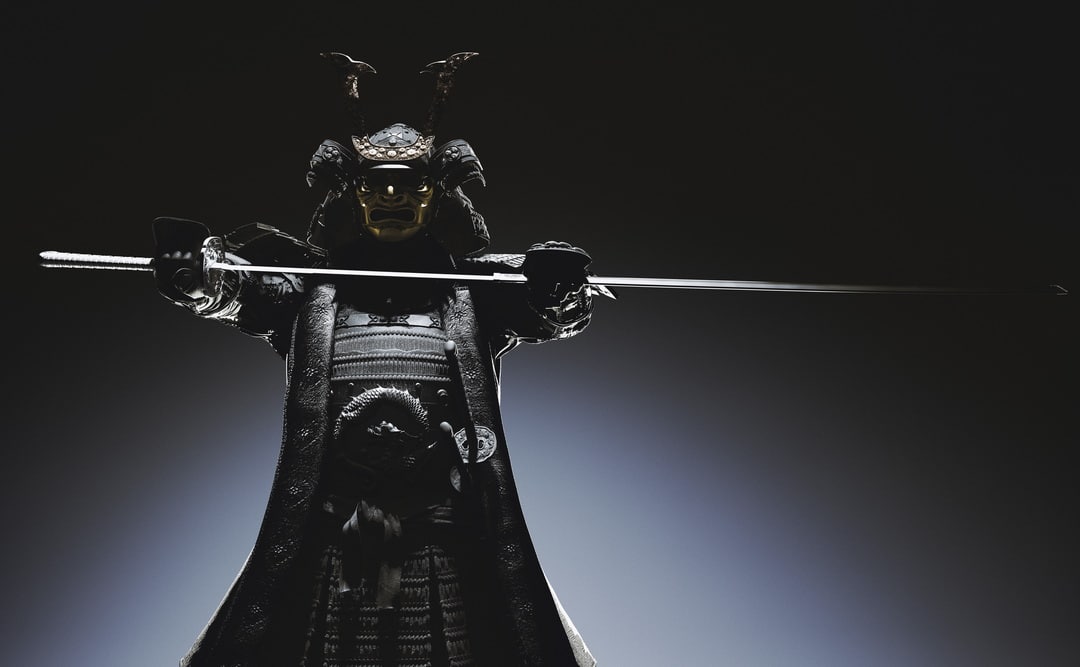
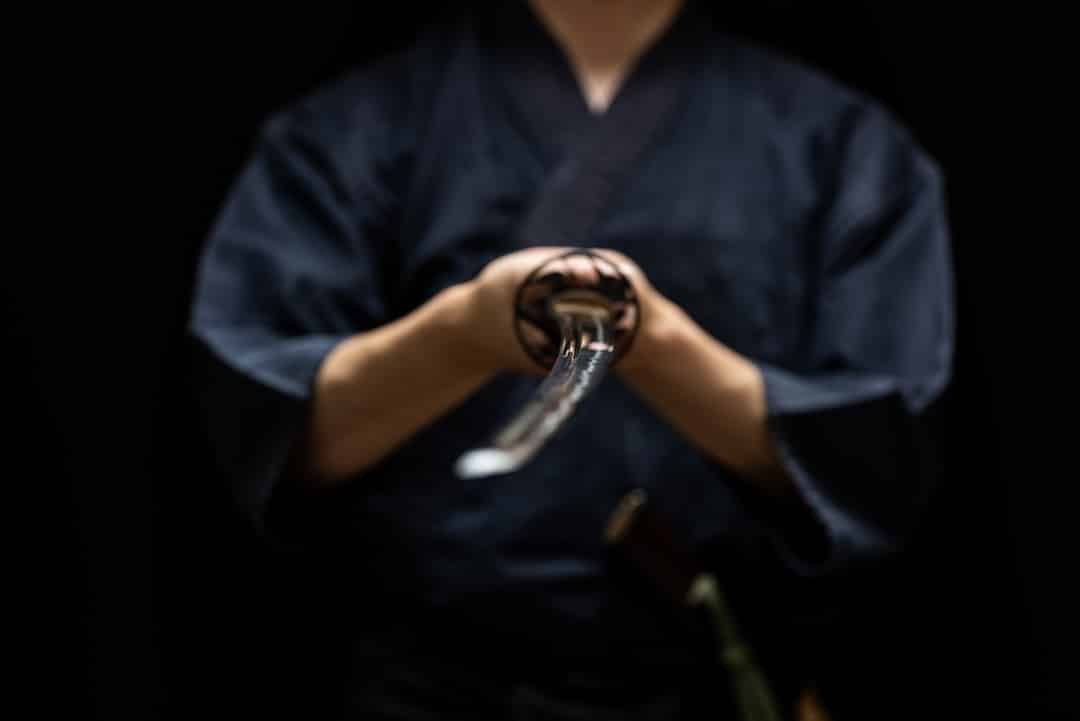
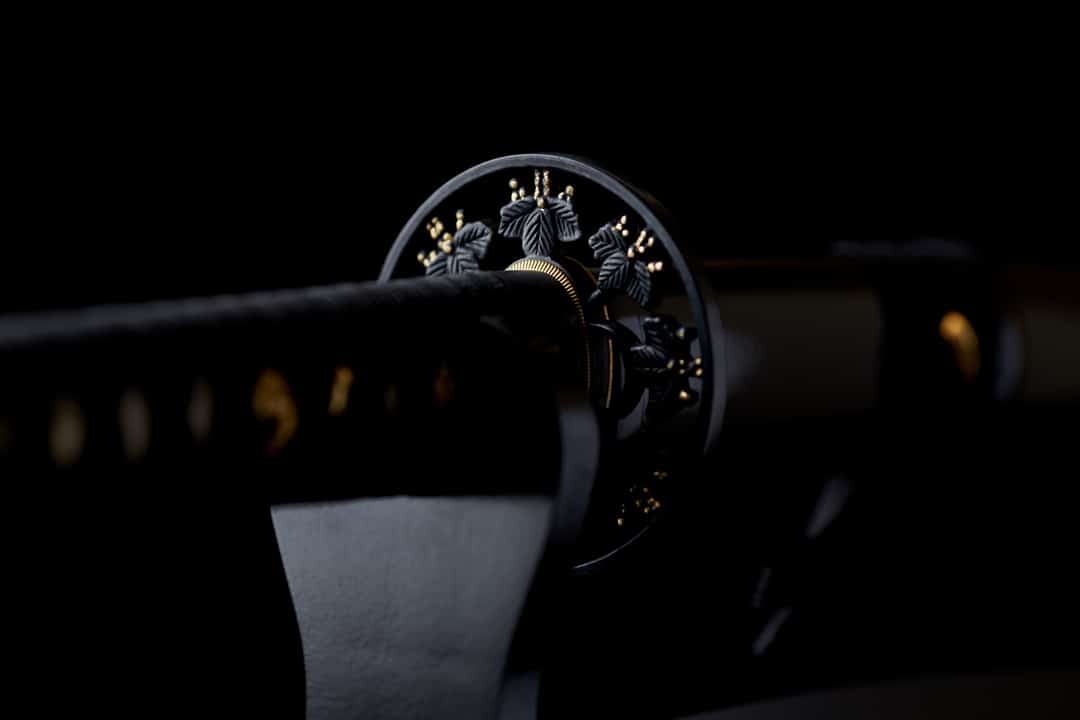
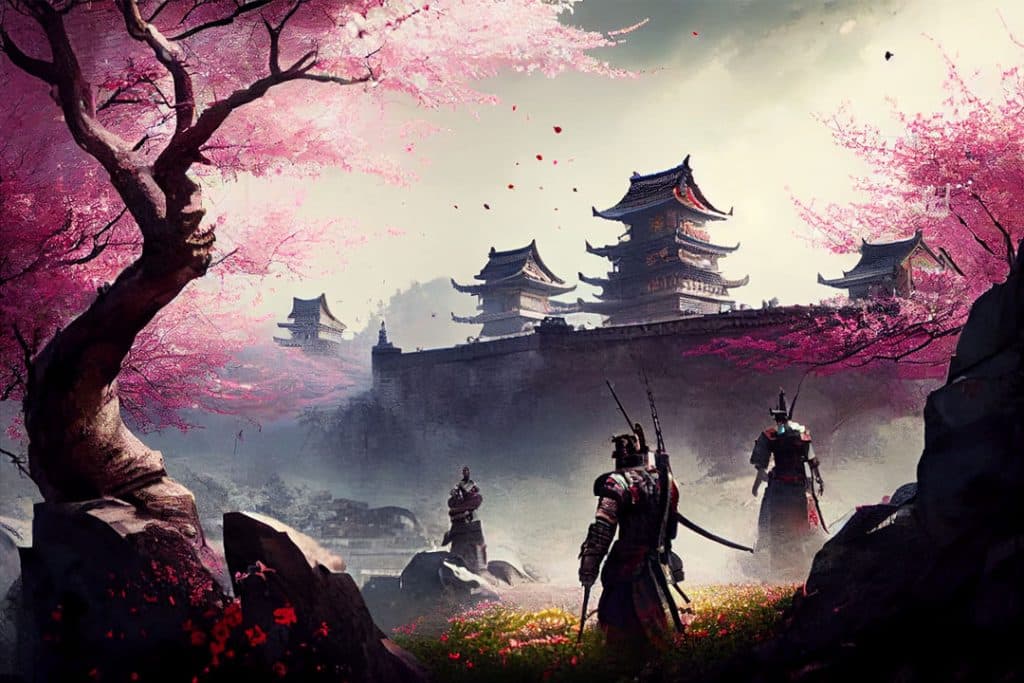

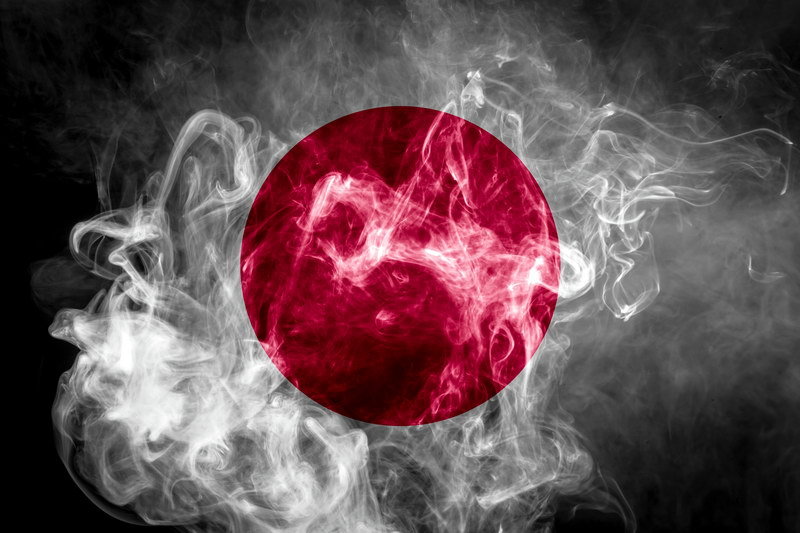
Test Your Knowledge
Feudal Japan's Warriors and Roles Unraveled
Samurai Sword Mastery: The Ultimate Challenge
Samurai Wisdom: Embark on a Journey Through the Ages